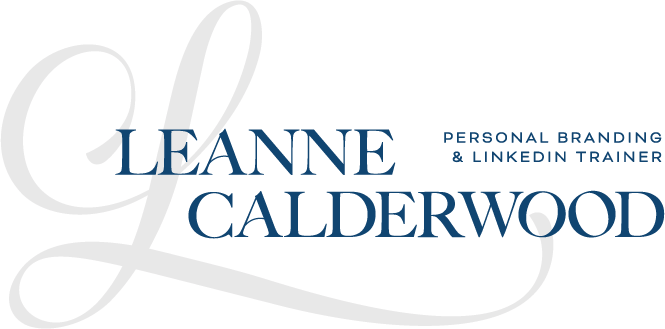
How to Use LinkedIn Groups To Attract Your Ideal Client
When you think of all the powerful features of LinkedIn, one Feature that may not spring to mind immediately is LinkedIn Groups. Over the years, LinkedIn Groups have changed and evolved, received more attention and less attention from the LinkedIn team, and seen surges and apathy from the LinkedIn community.
I feel Groups are one of LinkedIn’s most underutilized features. There can be great ROI in using groups, but a strategic approach rather than a haphazard one is a better way to make this happen for you. Let’s take a look at how you can capitalize on LinkedIn Groups!
As defined by LinkedIn, LinkedIn Groups provide a place for professionals in the same industry or with similar interests to share their insights and experiences, ask for guidance, and build valuable connections.
How to Use LinkedIn Groups to Attract Your Ideal Client
Once you’ve found the right Group to engage in, it’s time to get involved. But before you start sprinkling content throughout these Groups, let’s set a few ground rules:
-
- Engage in the right groups – there are a plethora of LinkedIn groups, for every industry and talent. The key to engaging in LinkedIn groups is to ensure you’re spending your time in the right place. While some groups may speak to your passions and interests, ensure you also spend time in groups where your ideal community is hanging out. If you sell paper clips to administrative professionals, spend time in groups where the admins are hanging out, in addition to the groups that teach you how to sell more paper clips.
- Listen before you post – once you find groups that have engaged members who contribute to a 2-way dialogue, ensure you spend time being the “fly on the wall” and listening in on what they are discussing. You can learn alot about your ideal community from the questions they ask in a group, and from the answers and solutions they provide each other. Ensure you “like” those posts; this is a great first step to getting your name recognized in the group community.
- Contribute where appropriate – once you’ve established some rapport in the community as someone who engages with likes and comments, its time to contribute with value-add posts and commentary to the discussions between members. Groups are not the place for a hard sell of your product, but rather to establish trust with the group members through contributing insights and expecting nothing in return. The return on your investment will be actualized as you continue to build trust with the group members.
- Be on the look-out for other great connections – Groups are a great place to connect with other like-minded individuals including mentors, mentees, potential collaborators and thought leaders. Widen your scope and be on the look-out for great connections!
- Be a part of the growth strategy – often 80% of the content inside of groups comes from a small handful of engaged users. Be one of those users and continue to feed into the group with your insights, questions and comments.
When it’s time to post inside the LinkedIn, group, keep these content rules in mind
-
- Provide something of value outside of your paid product or service – We often default to our product or service as being something of value, and while this is very true, it isn’t the ONLY thing that our ideal client will find value in. Learning what your client’s pain points and challenges are outside of your product, and then providing insights or resources for that challenge is a great way to set yourself apart from the competition. Yes, your paper clips can help your admin clients bundle wayward papers, but providing a link to a resource that discusses free CRM tools to help manage their business may be just the thing they need to solve their larger problems.
- Create conversation versus creating a static post – a post that has no strong call to engage will collect dust very quickly inside a LinkedIn group. Create a conversation between the Group members about a relevant topic.
- No self-promotion – The cardinal rule in groups is no self-promotion. It’s a rule I’ve seen broken time and time again. Unfortunately, the self-promotion posts get very little engagement, and aside from it creating ill-will with the group members, it could get you booted.
- Comment as much as you content – commenting on the existing conversations is just as important to the growth of the Group as creating original content. Take time to amplify the messages already inside the Group, and lift up your fellow group members!
By regularly contributing to the conversation, asking questions, and offering resources, LinkedIn Groups can help put a spotlight onto your own personal brand and the value you can bring to a potential client. There’s a time to passively listen and a time to actively engage and be present in Groups! While LinkedIn Groups can appear a bit clunky, there’s great value there. Consider it a mining mission, and you’ll be rewarded greatly!
Follow Leanne on LinkedIn
RELATED – 7 Reasons Why YOU Should Use LinkedIn to Grow Your Brand
RELATED – 7 Tips for Growing Your LinkedIn Network and Personal Brand
RELATED – The Importance of Personal Branding
RELATED – LinkedIn Company Page Ideas!
RELATED – 5 Platforms for Inbound Marketing
RELATED – Do’s and Don’ts of LinkedIn DMs



